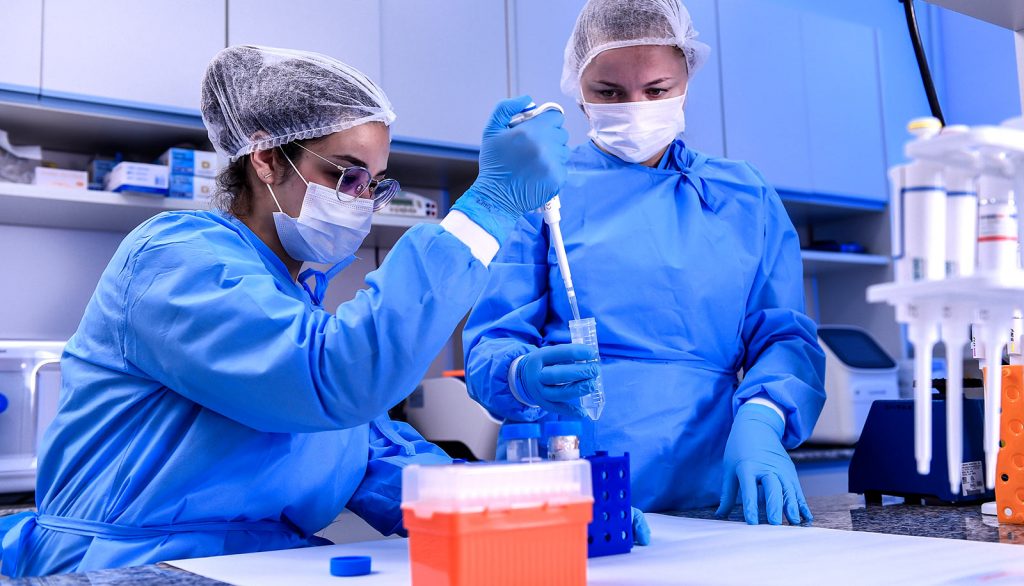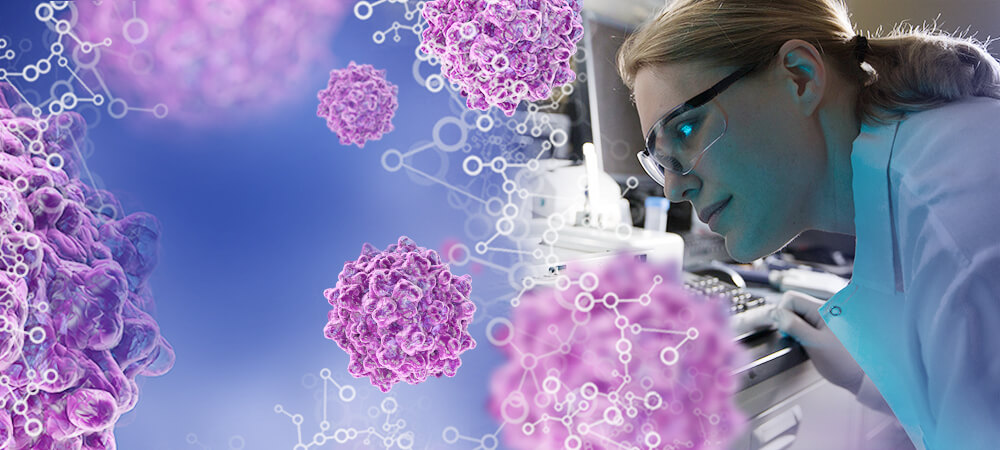Claims are becoming louder, big events shall only be allowed again – once there is a vaccination available. Therefore many start to ask, how long can it take to bring out a vaccination. For a better understanding, Hardstlye Mag searched for answers.
Despite the fact that the number of infections is currently decreasing, the acute phase of the corona pandemic seems to be subsiding. However, the question remains of how corona infections can be kept under permanent control. The only answer to this question would be a valid COVID 19 vaccination. Vaccines are one of the most effective methods of protection against diseases in the 21st century and have already proved their worth several times. Unfortunately for the current COVID 19 disease, a vaccine to protect against infection is not yet available, and may obviously still take a while.
Development usually takes years
The development of medications in times of worldwide pandemics are enhanced. From their discovery to marketability it still take many years. Out of several thousand compounds that are discovered, only a few can make it to market maturity. One of the biggest challenges are the expenses, which are usually immense. Depending on the complexity of the medication the expenses can easily exceed 90 million euros.

Due to worldwide crisis pharmaceutical companies are working under high pressure to develop an effective vaccine to protect against COVID 19. According to the European Health Authorities, two clinical trials have already begun in Europe. On 5th May the World Health Organisation reported that 8 vaccine candidates are already being tested. Another 100 are in development.
The difference between “Pandemic” and “Epedemic”
Before we start diving deep into the vaccine topic, we first need to clarify the difference between “Pandemic” and “Epidemic”. Once a single nation gets infected by a virus with more by 20% – then virologists speak of a “Epidemic”. Once a virus is spreading across boarders globally its a pandemic. The terms “pan” and “demos” come from the Greek and mean “all” and “people”.
The six phases of vaccine development
The development of vaccines usually comprises six steps:

Preparation
In the first phase, research, potential candidates are examined for their properties and their effectiveness against the pathogen. But, the screening of possible candidates is complex and involves enormous costs. Ultimately, a maximum of 2,5% discovered molecules are suitable for the second step. But that step requires an established manufacturing process that follows “Good Manufacturing Practice” (GMP). In essence, this means that the process must be reproducible. In addition, strict rules must be followed with regard to quality, purity, premises, and controls. Additional guidelines apply to vaccines, as they are usually administered subcutaneously or intramuscularly and must, therefore, be sterile.
Candidate found
Once there is a candidate that can be produced adhering to the vast and strict national and international guidelines, the preclinical tests can begin. In the laboratory, analyses of the characterization, infectivity and behavior of the molecule are carried out on selected cell cultures (in vitro tests). Subsequently, studies are carried out in animals to obtain initial information on safety, efficacy and possibly harmful (toxic) properties. The question often arises whether studies in animals are really necessary and cannot be replaced by tests in cell cultures. Unfortunately, however, the current state of science and the legal framework do not allow us to completely dispense with the analysis of the active substance in animals.
Substantial testing
If an active substance is still promising after these studies, clinical testing in humans can be started. The clinical development is again divided into three steps. In Phase 1, the vaccine is tested on a small, limited number of volunteers and healthy people (test persons). In this phase, the primary goal is to investigate the safety of the vaccine. The criteria for participation in these early studies is therefore usually limited to young, often male volunteers without previous illnesses. In Phase 2, production is increased and the vaccine is tested on a larger group of people. The application on children and elderly people will now also be tested, again under strict guidelines. In Phase 3 of development, production capacity will be increased to market size. The vaccine will be tested on several thousand people to determine its safety and efficacy.

Faster procedures for pandemics
For the development of vaccines in pandemics, simplified conditions apply to ensure faster availability. According to the latest guidelines of the International Coalition of Medicines Regulatory Authorities (ICMRA), a global association of numerous European and non-European health authorities (such as Australia, Russia or the USA), the European Commission and the WHO, the requirements for studies are shortened and the vaccine only needs to be tested on a few hundred volunteers before the manufacturer can submit an application for approval. An approval procedure for vaccines usually takes between 18 and 24 months. For pandemic vaccines, there is a possibility to speed up the approval process, which shortens the time needed by about a third of the regular time.
When
The final answer, how quickly a vaccine will be available does not only depend on research and development. Production capacities must also be taken into account. Its important to server as many people as fast as possible. In order to ensure this factor, it seems to be recommendable that as many vaccines as possible reach approval. The Austrian Federal Government, for example, supports the development of drugs and novel therapies with 23 million euros. The Bill & Melinda Gates Foundation has recently announced that it will also support the fight with millions of US Dollar.

